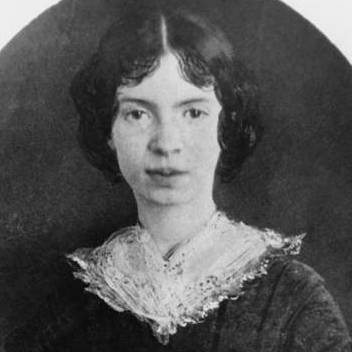I'm Nobody! Who are you?
Are you – Nobody – too?
Then there's a pair of us!
Don't tell! they'd advertise – you know!
How dreary – to be – Somebody!
How public – like a Frog –
To tell one's name – the livelong June –
To an admiring Bog!
Published:
1891
Length:
Shorty
Literary Movements:
Modernism
Anthology Years:
2022
2023
2025
Themes:
Humor & Satire
Identity
Literary Devices:
Apostrophe
an exclamatory passage in a speech or poem addressed to a person (typically one who is dead or absent) or thing (typically one that is personified)
End Rhyme
when a poem has lines ending with words that sound the same
Metaphor
a comparison between two unrelated things through a shared characteristic
Rhetorical Question
a question asked for effect, not necessarily to be answered
Simile
a comparison between two unlike things using the words “like” or “as”

